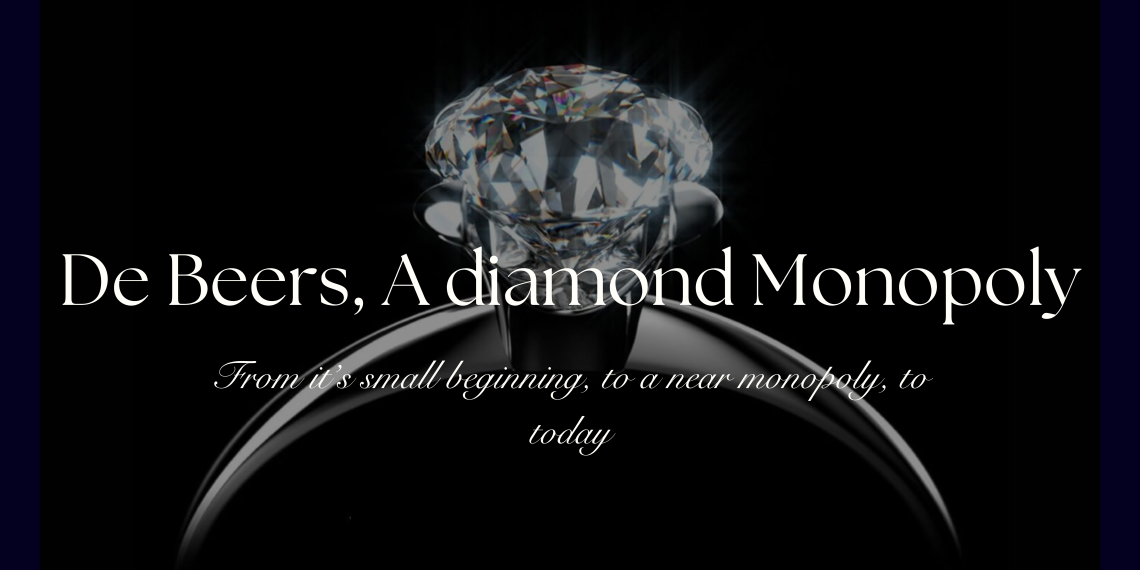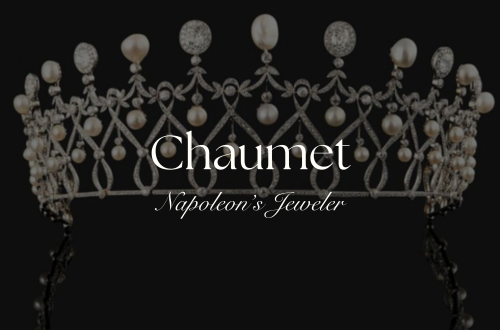Introduction
De Beers, a name synonymous with diamonds, has played a pivotal role in shaping the global diamond industry. From its inception in the late 19th century to its current status as one of the largest diamond mining and jewelry companies in the world, De Beers has navigated a complex landscape of market dominance, ethical challenges, and industry evolution. This blog delves into the fascinating history of De Beers, its rise to monopoly, and its adaptation to modern market dynamics.
Foundation and Early History
The story of De Beers begins in 1888 with the discovery of diamonds in South Africa. Cecil Rhodes, a British businessman, recognized the immense potential of these newfound resources and established De Beers Consolidated Mines, Ltd. Rhodes was instrumental in acquiring numerous smaller mining operations, consolidating them under the De Beers umbrella. His strategic vision and business acumen laid the foundation for what would become a diamond empire.
In the early years, De Beers focused on controlling the supply of diamonds to stabilize prices and maximize profits. By purchasing diamond mines and forming exclusive contracts with other miners, De Beers effectively monopolized the diamond industry. This control allowed the company to manage the flow of diamonds into the market, preventing oversupply and maintaining high prices.
The Monopoly Era
The establishment of the De Beers Consolidated Mines, Ltd. marked the beginning of an era of unprecedented control over the diamond market. De Beers employed a variety of tactics to maintain its near monopoly (80% market share of the diamond trade in 1987). One of the most significant was the creation of the Diamond Syndicate, a group of diamond merchants who agreed to buy and sell diamonds exclusively through De Beers. This syndicate ensured that De Beers had a steady demand for its diamonds, allowing the company to regulate prices and supply.
Ernest Oppenheimer, a key figure in De Beers’ history, played a crucial role in expanding and solidifying the monopoly. Oppenheimer, who joined De Beers in the early 20th century, introduced innovative strategies to maintain market control. He established the Diamond Trading Company (DTC), which centralized the sorting, valuation, and distribution of diamonds. The DTC ensured that De Beers could efficiently manage the global diamond supply and demand.
Marketing Mastery
De Beers’ dominance in the diamond market was not solely due to its control over supply; its marketing strategies were equally influential. In 1947, the company launched the iconic slogan “A Diamond is Forever,” which became one of the most successful advertising campaigns in history. This slogan reinforced the idea of diamonds as symbols of eternal love and commitment, driving consumer demand.
The company’s advertising efforts extended beyond slogans. De Beers invested heavily in marketing campaigns that promoted the idea of diamond engagement rings as essential to romantic relationships. These campaigns included advertisements in magazines, newspapers, and even Hollywood films. By linking diamonds to emotions and significant life events, De Beers created a cultural expectation that diamonds were indispensable.
Challenges to the Monopoly
Despite its dominance, De Beers faced numerous challenges to its monopoly. The discovery of new diamond mines in Russia, Australia, and Canada introduced competitors who were not under De Beers’ control. These new sources of diamonds threatened to destabilize the carefully managed supply chain that De Beers had established.
In addition to external competition, De Beers faced legal challenges. The company’s monopoly practices drew the attention of antitrust regulators in the United States and Europe. De Beers was subjected to lawsuits and investigations, forcing it to adjust its strategies to comply with changing regulations. These legal battles highlighted the vulnerabilities of De Beers’ monopoly and pushed the company to evolve.
Modernization and Ethical Practices
In the face of changing market dynamics and increasing scrutiny, De Beers began to shift towards more ethical and sustainable practices. The company recognized the importance of addressing concerns about conflict diamonds, which are diamonds mined in war zones and sold to finance armed conflict. In response, De Beers became a key player in the Kimberley Process, an initiative aimed at preventing the trade of conflict diamonds.
De Beers also embraced sustainable mining practices, investing in technologies and methods that minimize environmental impact. This shift was part of a broader effort to align with the growing demand for ethically sourced and environmentally responsible products. By prioritizing sustainability, De Beers aimed to maintain its reputation and appeal to socially conscious consumers.
Current Operations
Today, De Beers operates on a global scale, with mining operations in Botswana, Canada, Namibia, and South Africa. The company’s market share remains significant with almost 30% of the diamond production in 2022, although it no longer holds the same level of monopoly it once did. De Beers continues to innovate in diamond mining and processing, utilizing advanced technologies to improve efficiency and reduce environmental impact.
One of the most notable developments in recent years has been De Beers’ entry into the lab-grown diamond market. Recognizing the growing popularity of lab-grown diamonds, which are chemically identical to natural diamonds but created in controlled environments, De Beers launched its own line of lab-grown diamonds called Lightbox. This move demonstrates De Beers’ adaptability and willingness to embrace new trends in the industry.
De Beers Today
Under the leadership of Bruce Cleaver until 2022 and Al Cook from 2023, De Beers has continued to evolve and expand its operations. The company has embraced digitalization, leveraging data analytics and blockchain technology to enhance transparency and traceability in the diamond supply chain. These innovations are aimed at building trust with consumers and ensuring the authenticity of De Beers’ diamonds.
De Beers has also pursued collaborations and partnerships to further its goals. For instance, the company has partnered with luxury brands to create exclusive diamond collections and expand its presence in the high-end jewelry market. These collaborations have helped De Beers maintain its status as a leader in the diamond industry.
Future Prospects
Looking ahead, De Beers faces both opportunities and challenges. The diamond industry is evolving, with shifting consumer preferences and increasing competition from lab-grown diamonds. De Beers’ ability to adapt to these changes will be crucial for its continued success.
Trends such as digitalization, sustainability, and ethical sourcing are likely to shape the future of the diamond industry. De Beers’ commitment to these principles positions the company well to navigate these trends and maintain its market relevance. However, the company will need to remain vigilant and innovative to address potential challenges, such as fluctuations in diamond demand and regulatory changes.





